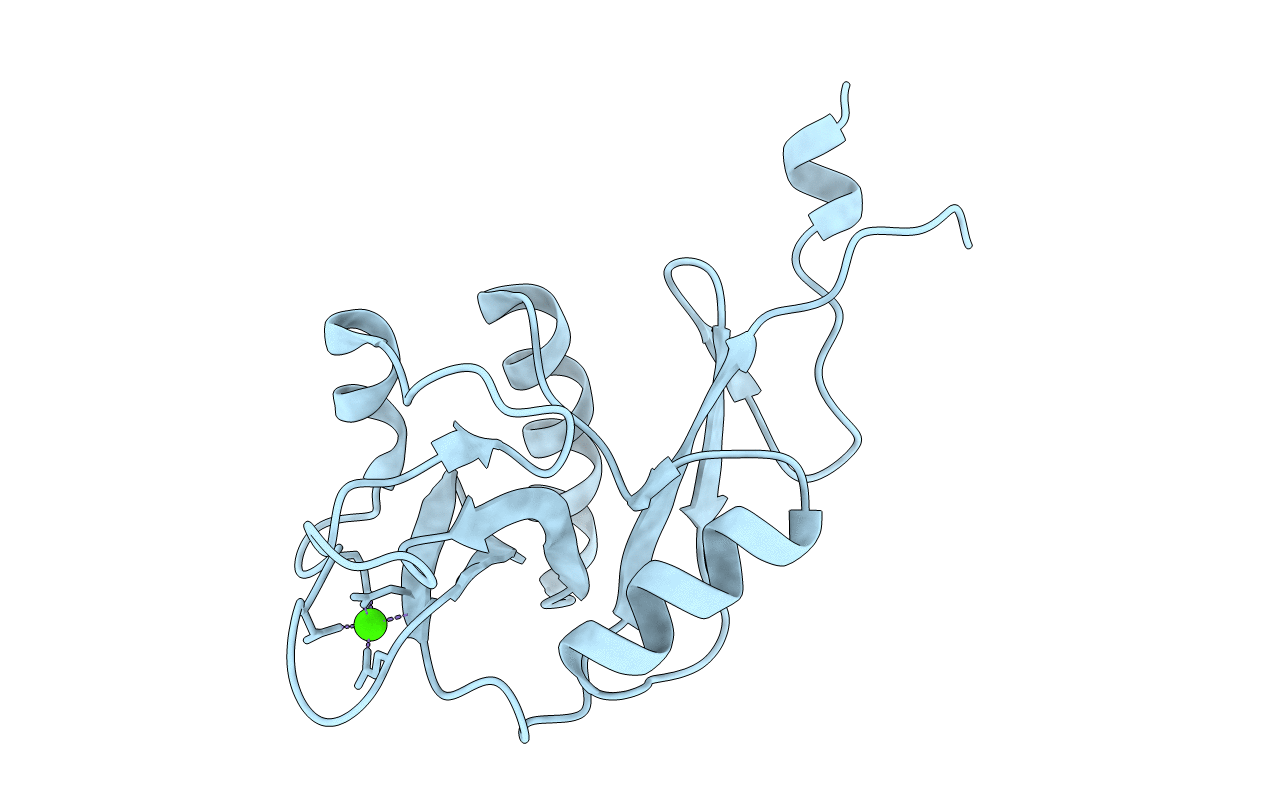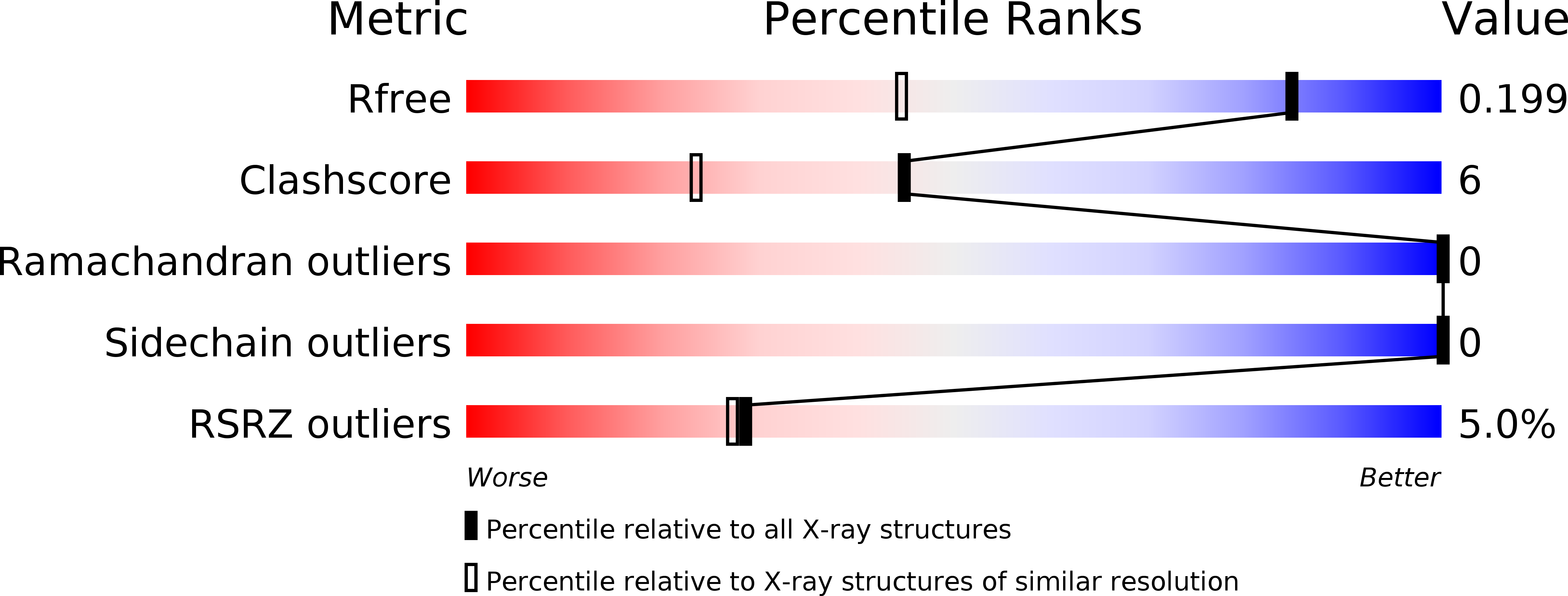
Deposition Date
2004-10-08
Release Date
2005-04-19
Last Version Date
2024-11-13
Entry Detail
PDB ID:
1XPH
Keywords:
Title:
Structure of DC-SIGNR and a portion of repeat domain 8
Biological Source:
Source Organism:
Homo sapiens (Taxon ID: 9606)
Host Organism:
Method Details:
Experimental Method:
Resolution:
1.41 Å
R-Value Free:
0.19
R-Value Work:
0.17
R-Value Observed:
0.17
Space Group:
P 21 21 21


